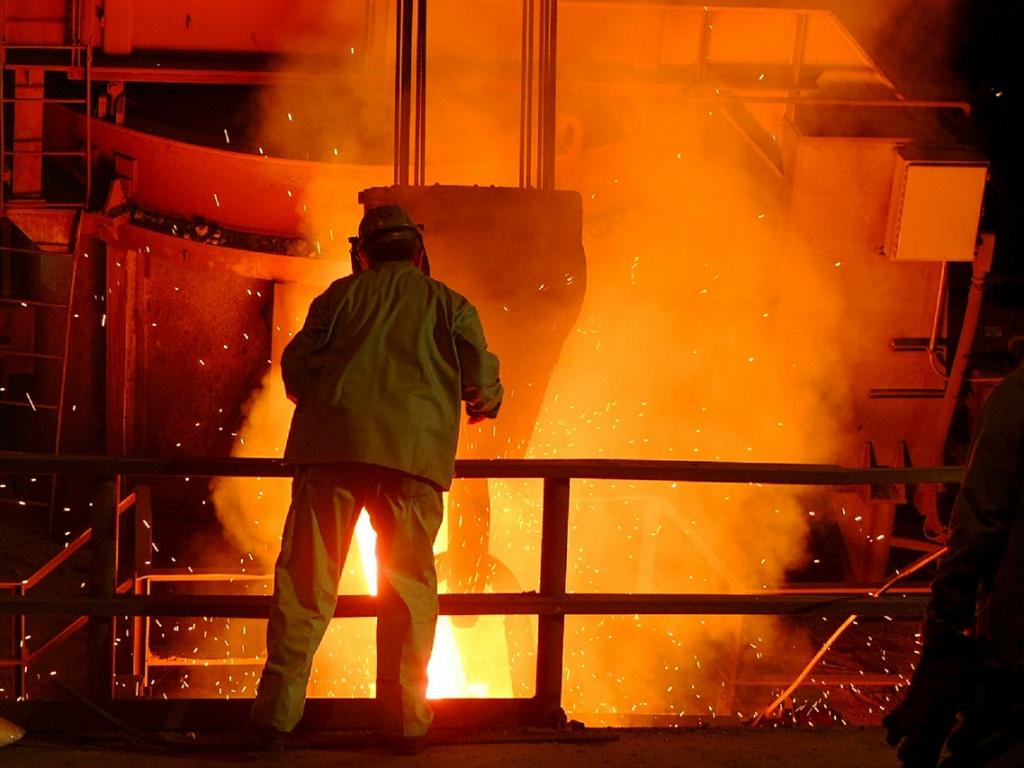An Overlooked Segment In The Tariff Debate

With all the talk about the tariffs the U.S. is levying against a slew of Chinese imports and vice versa, the end to steel tariffs aimed at Canadian and Mexican producers that was announced by the U.S. earlier this month is not receiving much attention.
Some analysts view the removal of those tariffs as unfavorable for domestic steel producers, and the VanEck Vectors Steel ETF (SLX) is reflecting this. SLX is down 8.34 percent since the start of the second quarter.
What Happened
The timing of the removal of tariffs on imported steel is curious. President Donald Trump promised to protect U.S. steelmakers during his 2016 campaign, explaining in some part why SLX is up 69 percent over the past three years. SLX is topping the largest materials exchange-traded fund by a margin of roughly 2.5-to-1 over that period.
Some of the major U.S. steel producers, along with coal companies that produce the metallurgical coal used to make steel, reside in politically important states. They are states the president cannot afford to lose if he hopes to win a second term.
“The tariff removal is an unfavorable development for the US domestic steel manufacturers and is credit negative for all producers because it will lead to increased imports, lower domestic steel prices, and weaker cash-flow generation,” Moody's Investors Service said in a Wednesday note.
Why It's Important
The decision to remove the steel tariffs comes even as steel prices are already slumping. Although those prices are declining, there is likely to be an increase in imports later this year with the tariffs being dropped.
“Most steel product prices declined materially over the past nine months, with hot rolled coil (HRC) falling by about 30% to $630 per ton in May 2019, from $915 per ton in July 2018,” Moody's said.
Earnings before interest, taxes, depreciation, and amortization for the four major domestic steelmakers rose last year, but there is pressure on the group in 2019.
What's Next
“Industry conditions have weakened materially so far this year on substantially lower steel prices, and will likely weaken further from increased imports later in the year,” according to Moody's.
Macro conditions are vital when considering SLX, a historically volatile ETF. The fund has a three-year standard deviation of 26.51 percent, more than double that of the S&P 500.



